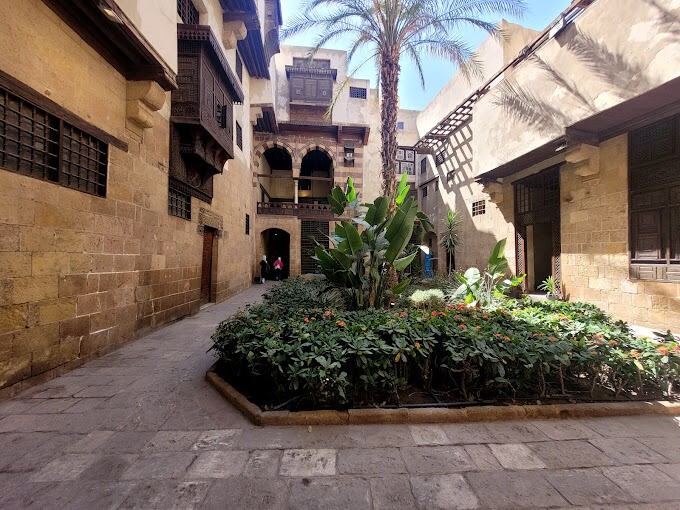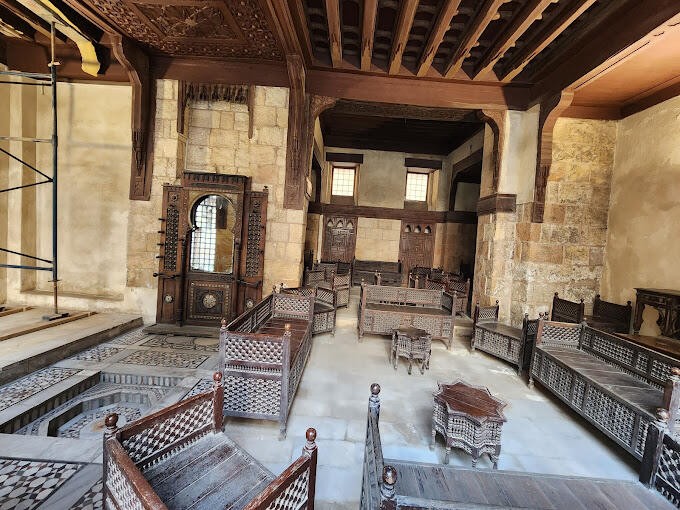Bayt Al Suhaimi in Cairo
Exploring Bayt Al Suhaimi
Cairo, Egypt's majestic capital, is a city full of mystery and romance with a strong cultural heritage. Bayt Al Suhaimi, a historic home located in Cairo's Old Islamic Quarter's Al Darb Al Ahmar neighbourhood, is one of the city's many historical sites and architectural wonders. This blog post takes you on a journey through Bayt Al Suhaimi's history and explains why it's a Cairo must-see location.
Describe Bayt Al Suhaimi
Sheikh Ahmed Al-Suhaimi, a prominent businessman and descendant of one of Cairo's most illustrious families, constructed Bayt Al Suhaimi in the late 18th century. Sheikh Ali Abdul Wahab inherited the home after Sheikh Ahmed passed away, and he added to its decor and increased its size. Before being purchased by the government and turned into a cultural centre in the middle of the 20th century, Bayt Al Suhaimi was owned by the Abdul Wahab family for a long time.

Design and Architecture
An beautiful example of classic Islamic architecture, Bayt Al Suhaimi has a central courtyard, which is a defining element of Islamic design. The rooms and passageways that round the courtyard lead to various locations throughout the home.
The building was made of mud brick, a typical building material in the area, and plaster, which was ornamented with calligraphy and elaborate geometric designs, another prominent element of Islamic art and architecture.
Beautiful wooden mashrabiyas, a form of window covering that offers privacy while allowing air to flow freely, are one of Bayt Al Suhaimi's standout features. For indoor cooling during the sweltering summers, traditional Cairo buildings frequently used mashrabiyas.

Things to Do in Bayt Al Suhaimi
In addition to being a spectacular architectural masterpiece, Bayt Al Suhaimi has a lengthy cultural heritage. Several of Egypt's most recognised cultural figures, including the acclaimed poet Ahmed Shawqi and the legendary singer Umm Kulthum, used to gather at the residence.